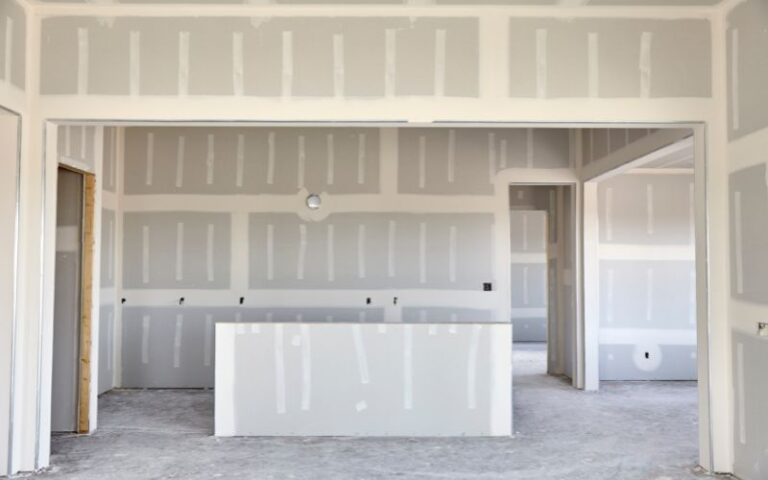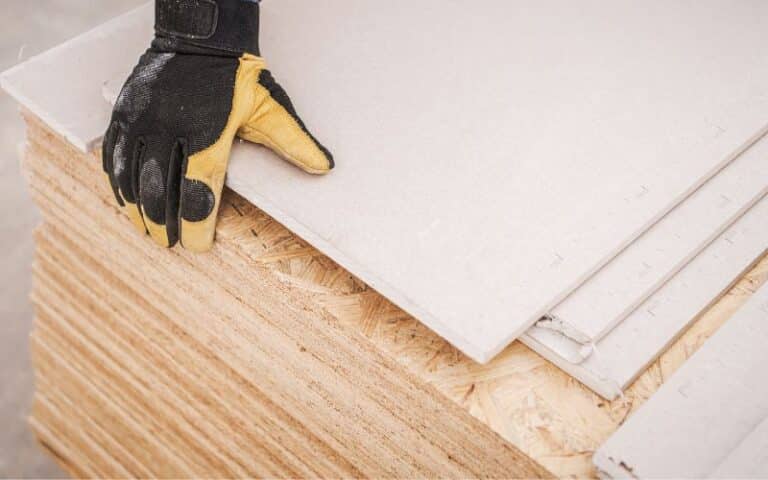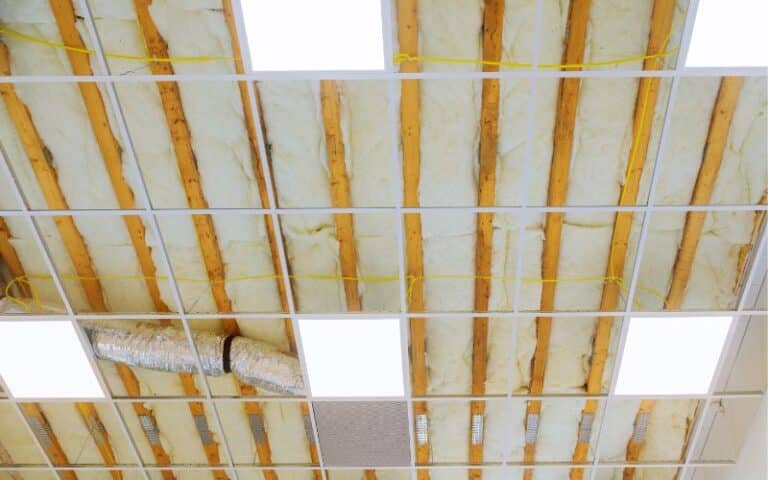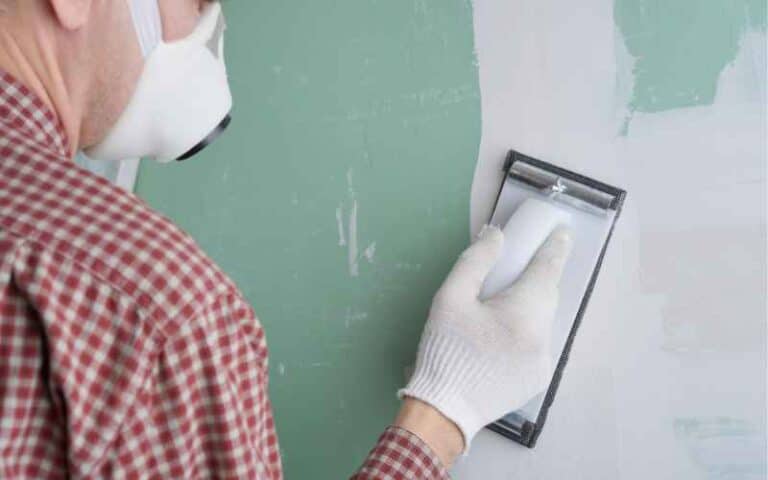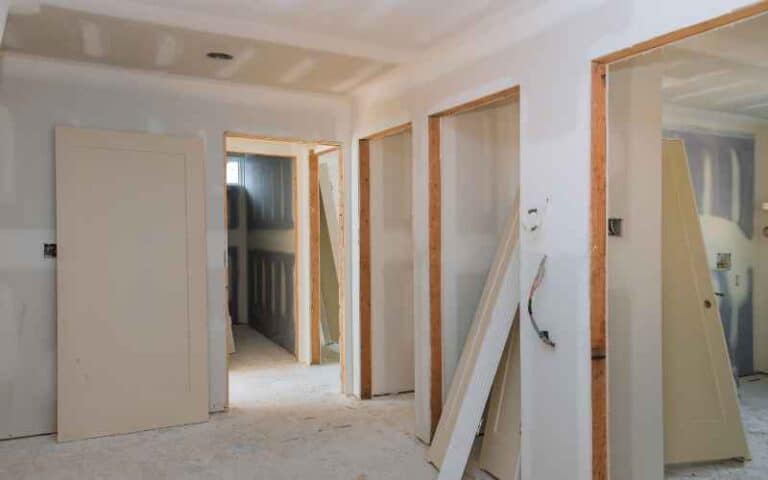Drywall mud is an excellent material for construction layouts that covers a large surface area.
However, if you’ve used drywall mud before, you’ll be conscious of the concept of working time vs. total time.
The working time is when you can effectively use the drywall mud without it drying up. One major problem with working with drywall mud is that it often dries up pretty fast.
It is common to experience less working time while working with drywall mud. The simple reason is that drywall mud dries fast in most cases. With due consideration to several factors, it is normal to experience drywall mud drying too fast during use. The same goes for after the application.
Within this article is everything you need to know about drywall mud and how to manage its condition of use. One in a million tips that would help out the drying condition. Let’s go!
Ready for a Drywall Quiz?
How Long Does It Take Drywall Mud To Dry?
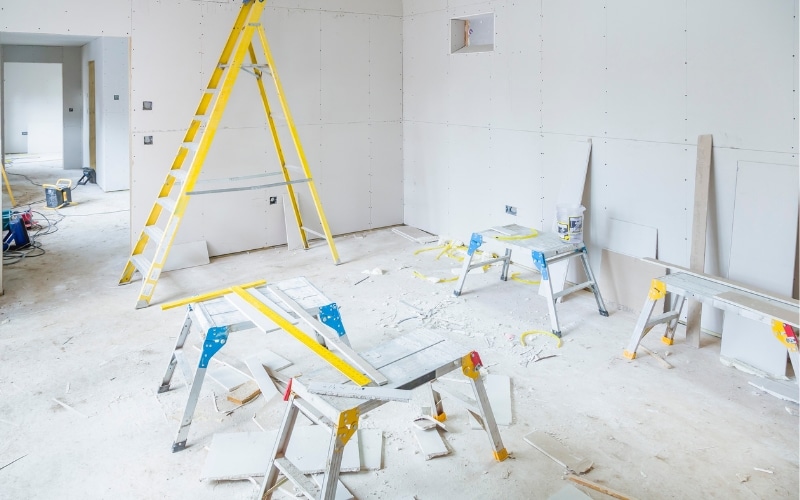
Ordinarily, drywall mud can normally take as much as 24hrs to dry off. The said 24hrs period is, however, a standard set for the thick application.
Nonetheless, I’ll stick with the 24hrs period for the drywall mud to dry well properly.
The simple reason is that the 24hrs period is an all-encompassing duration as certain factors may utter the time frame.
So yes, it takes that much time to dry off properly, especially as it has to do with wide and thick area layering.
Nevertheless, certain factors can utter the time duration. For example, the layering of drywall mud affects how long it will take to dry.
For thick layering, it will take longer for the drywall mud to get dried completely. But, on the contrary, skim coats will only take minutes to dry, say 20 to 30 minutes tops.
In like manner, it will only take a little time for drywall mud to dry to fill in-screw.
Another variable factor to consider when it comes to knowing how long the drywall mud will dry is environmental conditions.
The environmental temperature and humidity are key factors in determining the time it takes for the drywall mud to dry.
And as you may presume, the higher the temperature and humidity of the environment, the faster the drying rate. So it may take as little as 12 hrs or less to dry off.
Why Is Drywall Mud Drying Too Fast?
Drywall mud drying too fast is possible because of the product type you bought from the store. Usually, there are several different types of drywall mud products for construction.
Products vary from one to another with respect to the ratio of their working time to their total time.
So, while some drywall muds dry slowly and moderately, other special powdered products dry quickly. The drywall hot mud powder is a popular example of drywall mud that dries too fast.
So, the problem you’re experiencing with drywall mud drying too fast may be because of the product type.
If that is the case, you’ll have to stick with the standard compounded drywall mud product type.
Nevertheless, if the case is different, there are other factors to consider. In every instance, such factors may make drywall mud dry faster on application.
Heat supply is one of the major factors to consider in knowing why drywall mud dries too fast. A hot environment is the best way to make drywall mud dry fast.
As much as heat is desirable, it also stands as one of the culprits contributing to drying drywall mud faster.
When the working environment is somewhat hot, you are sure that the drywall mud will dry faster than normal.
Just as clothes dry faster under a hot environment, so does drywall mud dry fast too. So, a hot environment or warm air will speed up any drywall joint compound drying time.
Sometimes, you will observe that within a little while, the entire drywall mud is laden and difficult to use. The simple reason is that heat fastens the dry time of drywall mud.
How Can You Make Drywall Mud Set Slower?
In some cases, drywall mud drying too fast is an issue. In such instances, slower is better, hence the reason to devise a means of slowing down the dry-time of the drywall mud.
Considering the factors that normally make drywall mud dry fast, you can equally set the dry time to be slower.
All you may need are some tips, and then you can carry out reverse engineering. As you already know, drywall mud dries faster under a warm/hot environment.
So, to set the dry time to be slow, you can reverse engineer the surroundings to become cold.
Closing the windows will help keep the room moderately moist for an already applied drywall mud.
It is worth noting that drywall mud is hygroscopic. This particular feature comes in when you consider slowing down the dry time of the drywall mud.
As a hygroscopic material, the theory is that it takes on moisture from the atmosphere.
Hence, with or without your knowledge, the condition will utter the dry time of the drywall mud when the environment is cold.
Keeping the drywall mud hydrated helps slow the dry time of the drywall mud.
Will Drywall Crack If It Dries Too Fast?
Certainly, every crack that appears on drywall mud results from drywall mud drying too fast. However, this is not always the case, as certain factors can make the drywall mud crack.
Usually, what makes for the drywall cracks is the uneven application of the drywall mud. When the layers of the drywall mud don’t set in well, you’re bound to experience cracks.
Alongside the uneven application of drywall mud, drywall mud will crack with uneven drying of the mud. That is if one area dries too fast compared to other areas of application.
So, when the drywall dries too fast, you will most likely experience cracks. Normally, drywall mud cracks appear at the application’s surface.
The reason is that air contributes to mud drying, which doesn’t affect the lower areas. Hence, the drywall mud layers will contract at different rates causing the drywall mud to crack.
Another reason why drywall normally cracks is the technique of application of the mud. But the experience is common with newbies, unlike skilled pros.
So, applying the drywall mud without prior skill makes the drywall crack.
The table below shows a comparison between the pros and cons of drywall mud.
| Pros | Cons |
|---|---|
| Smooth and perfect consistency. | Normally dries up faster in the bucket. |
| No extra mixing is required. | Liable to develop mold. |
| Fast to use. | Usually has a short shelf life after first use. |
| Less expensive as compared to other adhesive construction products. | It is subject to various varying factors that utter its efficiency. |
Will Drywall Flash If It Dries Too Fast?
The drywall will flash if it dries too fast. However, the temperature of the surrounding environment plays a major role when it has to do with drywall flashing.
The drywall on usage mixes with water which makes for its application. You’ll only notice its application and fine texturing upon the drywall mud drying.
However, if the drywall dries too fast than normal, it will certainly flash over the application area. As a result, there’s color contrast in some areas.
Drywall flashing is one of the quick indicators that the drywall mud is drying too fast. It is for this reason that there’s a recommended temp for drywall mud application.
Hence, to avoid such occurrences, you must stick with the appropriate temperature requirement for application.

